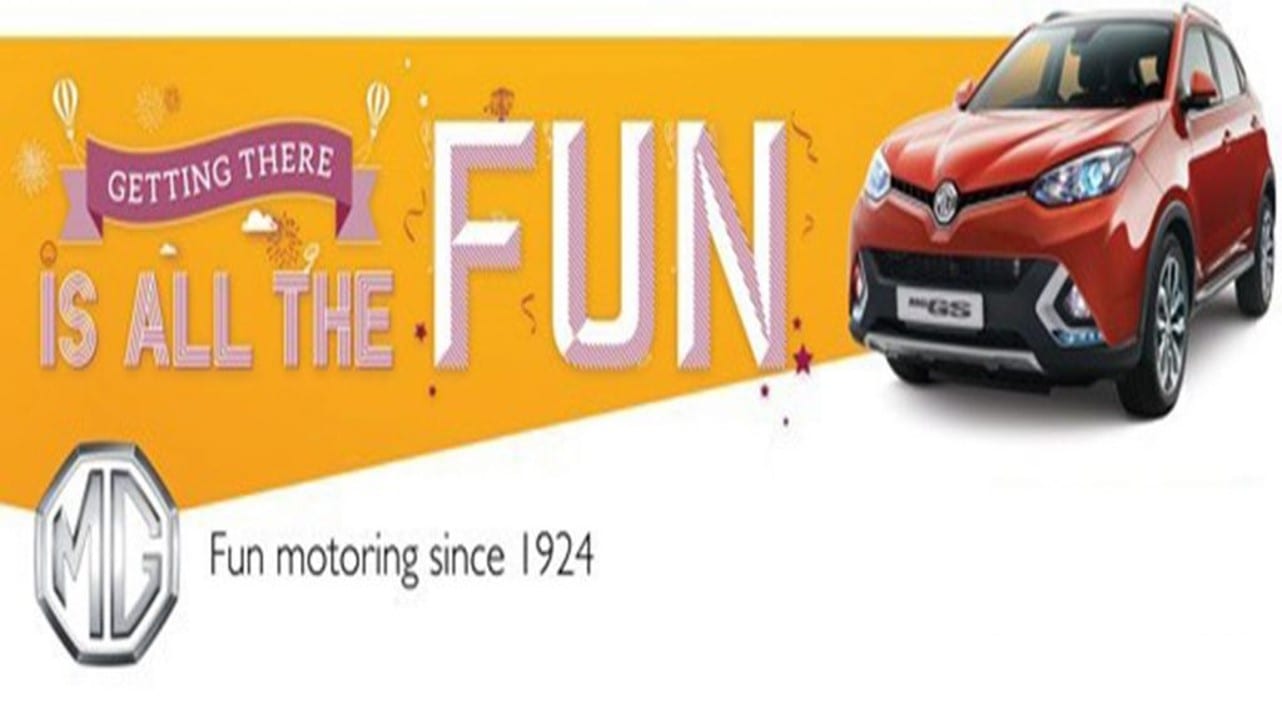How to use the power of a strong vision mission and values to drive a brand.
Organisations often strive to differentiate themselves, attract and motivate talent, and engage customers. Yet this is becoming increasingly challenging in a digital world with less control over how the company will be perceived.
When creating or updating the brand, integration with the Vision Mission and Values (VMV) is essential to ensure buy-in and a brand consistency and integrity, both internally and externally.
Getting the VMV ‘off the fridge’
A strong VMV can become a significant creative weapon of competitive advantage. Internally, this can lead to stronger leadership behaviours. Externally, it can lead to a stronger brand. Overall, there will be greater consistency, competency and integrity in the organisation that keeps the VMV at the core.
We have been fortunate to have had the opportunity to work with leading brands to help ensure their VMV can drive leadership behaviours over a number of years. In his time we have found a lot of mission statements simply live ‘on the fridge’ or on a wall poster in the work canteen, but good companies know the power of using their VMV. They are able to get it off the fridge and into the hearts of all employees to help shape the company culture internally and externally, and to drive positive decision making and action.
Selling a unique brand in a challenging market
Two years ago we had the opportunity to work with an automobile company with a unique brand challenge. This brand had a strong English history, but the company was sold to a Chinese firm.
The car industry can be one of the hardest to crack, as there are already so many large established players that have developed their brand over many years. Entering, or in this case ‘re-entering’ the market, can therefore seem next to impossible, and new companies have to find something unique to lead with.
As different car companies in different regions have entered the market they have historically brought with them unique cultural differences in approach:
- Japanese car companies brought with them their Kiazan culture and efficiency
- German car companies pushed their precision, technology and high-end offering.
- American car companies focused on being more comfortable big strong characters.
- Korean car companies made a cultural “promise” through a long warranty.
So what happens when you are trying to sell features from one culture into another culture where they are not readily recognised? It appears there can be a real identity issue.
The company we were working with had this challenge – it was a Chinese company trying to sell an English car into the Australian market, and when they entered the market reviewers placed the car in the bottom 10% ranking, as Chinese cars in general at the time did not have a great reputation and no real unique selling point of differentiation. With so much choice why would a consumer buy an unknown car? The Australian team could not do anything about the design of the car and had their hands tied in many ways, so we had to help identify how to work on the positioning.
How a Chinese company sold an English car in Australia
As one of China’s largest car companies, SAIC Motors had bought the iconic British MG brand and launched it in Australia. Soon after the launch Tirian worked with the Australian executive team to design and deliver an intensive strategic workshop to assist with brand positioning and behavior alignment, including pre and post learning sessions.
As a result Tirian assisted with facilitating a relaunch of the brand by identifying the strengths and unique selling points and aligning these with opportunities for culture change, and the experience led to an astounding 10/10 evaluation score.
Two years after the launch, the factory distributor for China’s reborn SUV focused-brand grew its sales by a ridiculous 177%. SAIC was also identified as a ‘great place to work’, receiving scores of 4/5 on both Indeed and Glass Door platforms. By 2022 the MG ZS was the fifth best-selling car for the month with sales ahead of the Toyota Corolla, Mitsubishi ASX and the Kia Sportage.
Beyond ‘word-smithing’ to galvanizing
Defining a company’s VMV can become a committee driven “word-smithing” exercise of generic, motherhood statements. But in these situations the company can miss the opportunity to carve out a distinctive reason for being that can galvanize the culture internally, attract talent, rally customers, and create a lasting competitive advantage… and most of all become the brand they aspire to be.
The era of the classic carmakers is over as they are now getting disrupted by outside players. A decade a ago who would have thought that Daimler, Audi and BMW’s competitors would be Tesla, Sony, Google? As VW CEO Herbert Diess’ comments have headlined: “Carmaker Faces Same Fate as Nokia Without Urgent Reforms” (https://reut.rs/2RElX8A )
Only by using the very best creative thinking and innovative approach combined with a solid up to date vision mission and values will allow car companies to compete in the coming decade.
4 big questions from brand winners to consider:
- How can we use our vision mission values to be a competitive weapon in branding? (as asked by the SAIC exec team)
- Are we fast enough to win the innovation race? (as asked by Herbert Diess VW CEO)
- Should we be defined by our past or future? (as asked by D Zetsche- Daimler CEO) https://bit.ly/37eIC1T
- Where does your vision live? On the fridge – or in peoples’ hearts? (enjoy this video comedy interview https://youtu.be/YqkrmM_9dz4
By Andrew Grant https://bit.ly/2ueIUr9 , Dr Gaia Grant https://bit.ly/2vaTL5X , and Dr Lloyd Irwin https://bit.ly/38nrKGo
The Tirian team have worked with SAIC motors (in Australia), and with Daimler / Mercedes Benz (in China, Asia Pacific and Europe), along with many MNCs to facilitate the development of a strong vision, mission, values, and brand through creative thinking and innovation.
We can’t tell you exactly what we did with SAIC or Daimler, but we can tell you what programs were at the core of our contribution to the 177% growth:
- Mission Possible https://bit.ly/2RfWhQV
- The Creative Appliance Project https://bit.ly/30BWl0k
- The Innovation Race https://the-innovation-race.com/
- Creative and Critical Thinking https://bit.ly/2tCV395

Gaia Grant (PhD) is a lecturer and researcher at the University of Sydney Business School in the Discipline of Strategy, Innovation, and Entrepreneurship, focusing on research into innovation paradoxes and ambidextrous leadership. Gaia is also a Director of Tirian Innovative Solutions, & the co-author (with Andrew Grant) of a number of books including ‘The Innovation Race’, and “Who Killed Creativity?”.

Andrew Grant is the Director of Tirian Innovative Solutions, and co-author (with Dr Gaia Grant) of a number of books including ‘The Innovation Race’, and “Who Killed Creativity?”.


